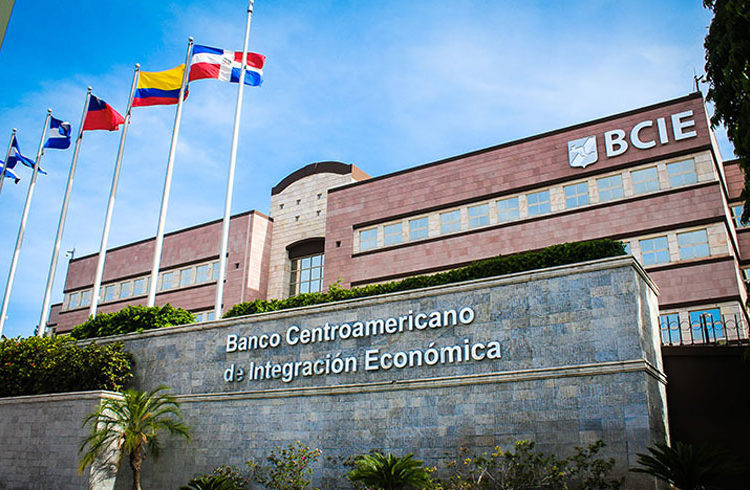The Central Bank of Cuba (BCC) this Monday signed in Havana the island’s insertion into the constitutive agreement of the Central American Bank for Economic Integration (BCIE).
The signing of the agreement makes Cuba a legal extra-regional partner of the banking institution, which will enable having access to new sources of foreign financing. In addition, according to the Cuban media, “it will play a key role” in the concretion of multiple projects included in the Opportunities Portfolio for Foreign Investments on the island.
Cuba’s joining, which includes an agreement of signing of operations, was signed by BCIE Executive President Nick Rischbieth and BCC Minister President Irma Martínez in the presence of Cuban Minister of Economy and Planning Ricardo Cabrisas.
Both financial institutions agreed that the signing of the agreement will enable strengthening even more the already extensive relations with the Central American countries.
Moreover, they considered that the action will favor the support for economic-social development and integration projects backed by the Central American Bank.
Rischbieth said that ever since the first visit he made to the island in May 2016 he confirmed the possibilities of investment and implementation of projects in Cuba, and specified that last April his financial entity’s assembly “unanimously” approved the Cuban participation.
“We have a genuine interest in supporting Cuba’s development and economic growth process and what’s most important, that it form part of the family of the Central American Bank,” he pointed out.
Meanwhile, the president of the BCC estimated that the incorporation into the Central American Bank for Integration will enable the island to have access to mid- and long-term financing for the development of infrastructures and renewable energy projects.
In September 2016 both institutions had confirmed their interest in bilateral relations during a visit made to Costa Rica by then minister president of the Cuban entity, Ernesto Medina Villaveirán.
During those meetings the minister of the Cuban bank referred to the island’s updating of its economic model and its development perspectives and expressed Cuba’s interest in putting into force banking mechanisms that facilitate and boost bilateral commercial exchange.
The Central American Bank for Economic Integration is a multilateral entity created in 1960 after the signing of the General Agreement for Central American Integration. It has the mission of promoting economic integration and a balanced development of the Central American area countries, as well as working for regional unity and that its resources be sustainable.
Its founding members include Guatemala, El Salvador, Honduras, Nicaragua and Costa Rica, which were joined by another eight countries outside the region and one as a beneficiary.
Despite its relatively modest size compared to other related institutions, its contribution to the development of member states is significant. According to the institution, since its emergence it has channeled around 24 billion dollars to its members.
The profile of the resources contributed by the BCIE is consistent with the priorities established by the Cuban government. Seventy-nine percent of its loans portfolio is for the public sector, while, in relation to the destination areas of the funds, more than 50 percent is assigned to productive infrastructure and energy.
Moreover, an additional 29 percent is devoted to social infrastructure, a sector traditionally prioritized by the island’s government.
EFE / OnCuba










